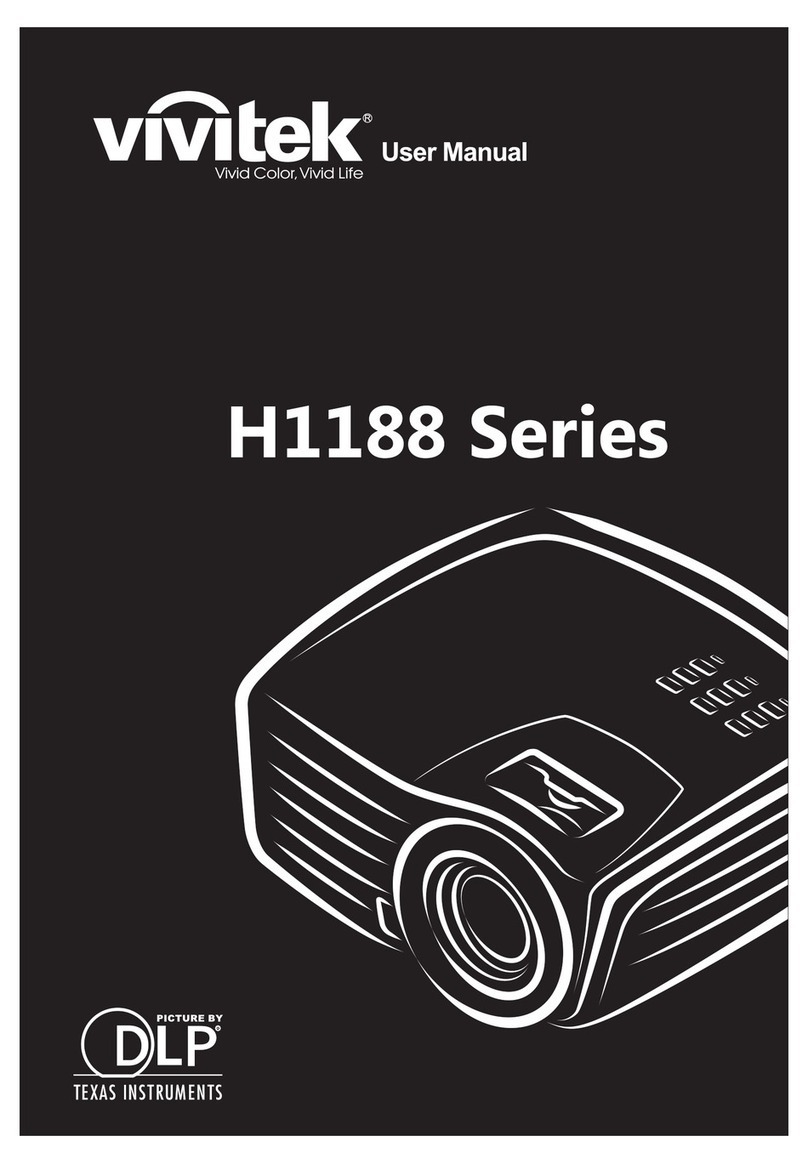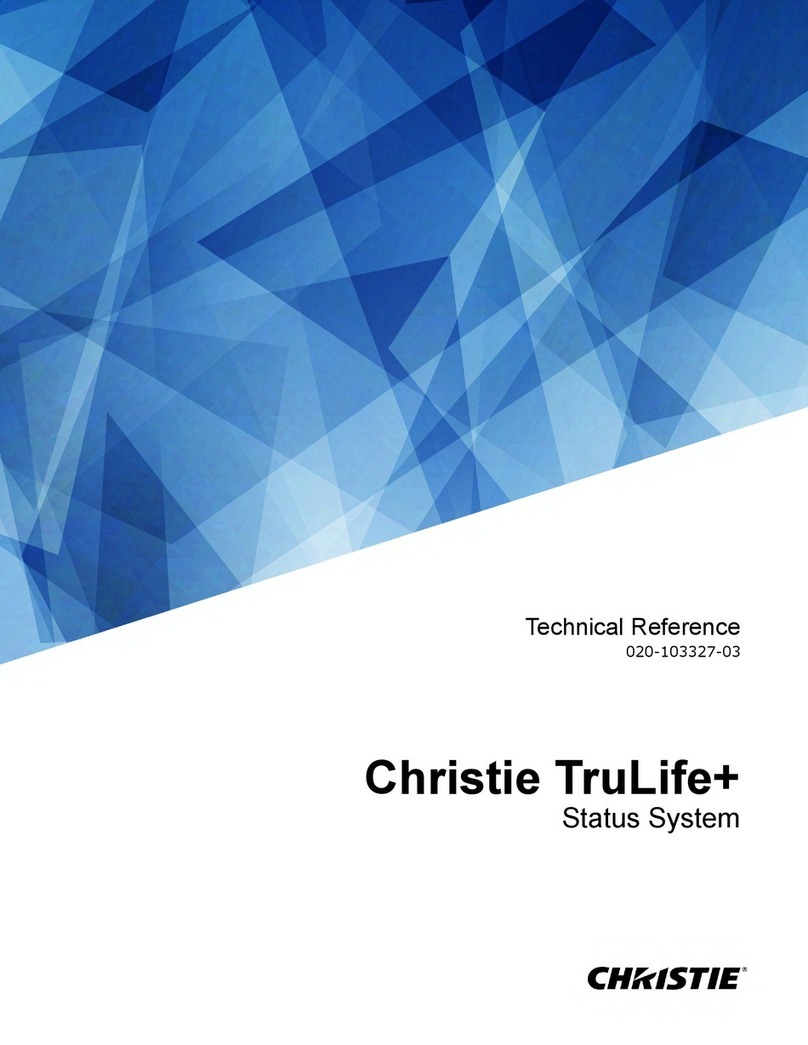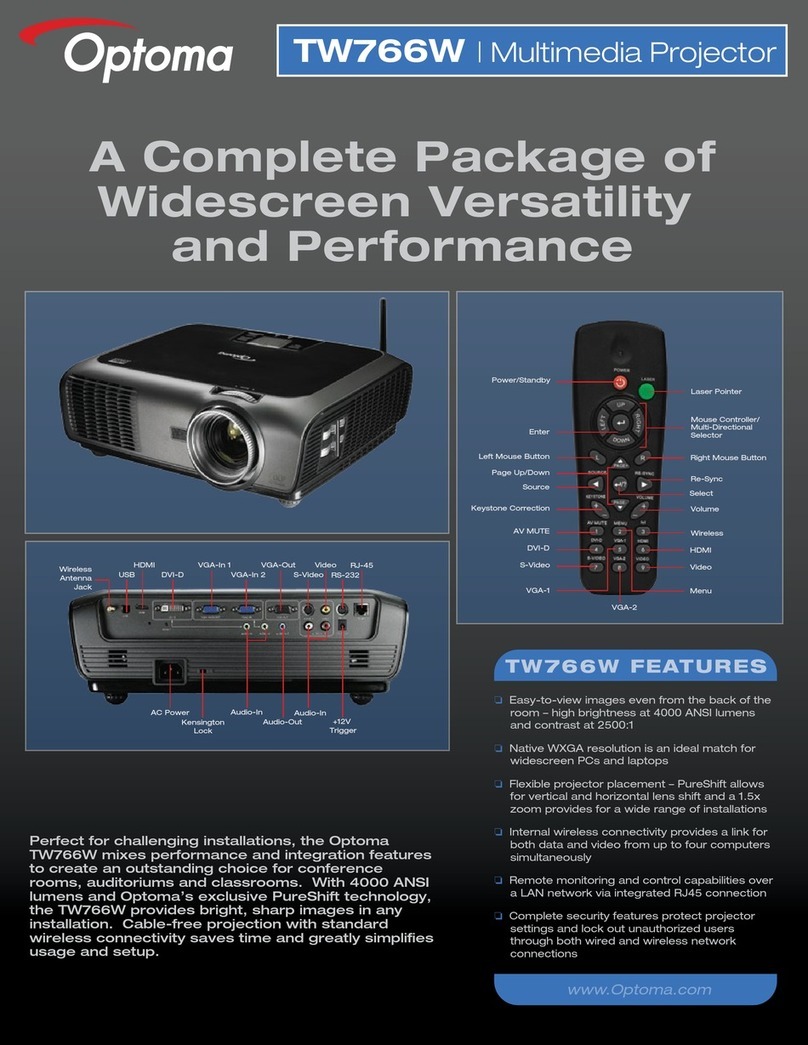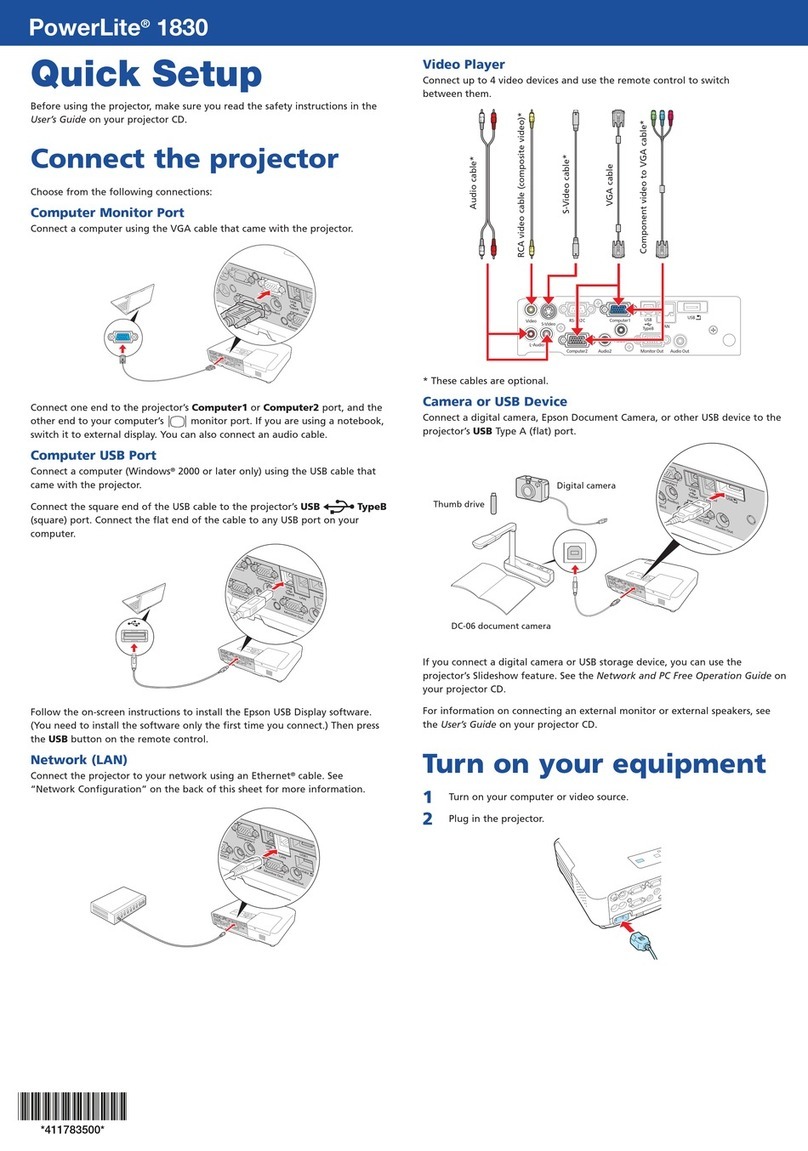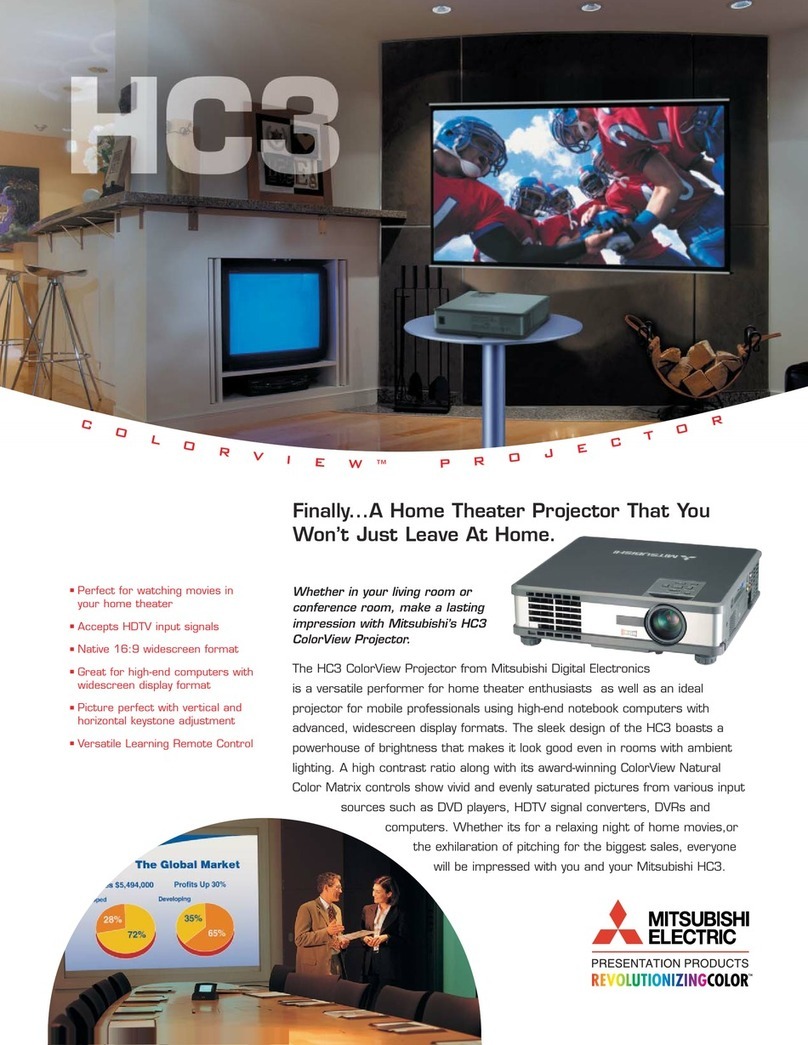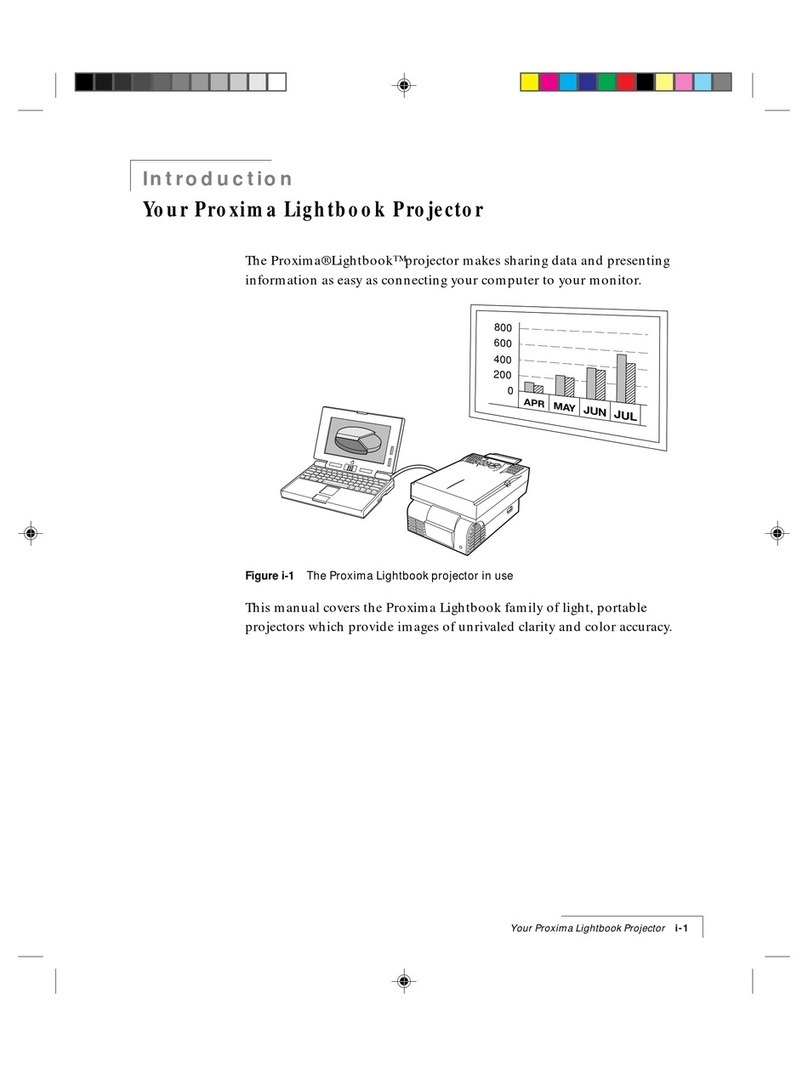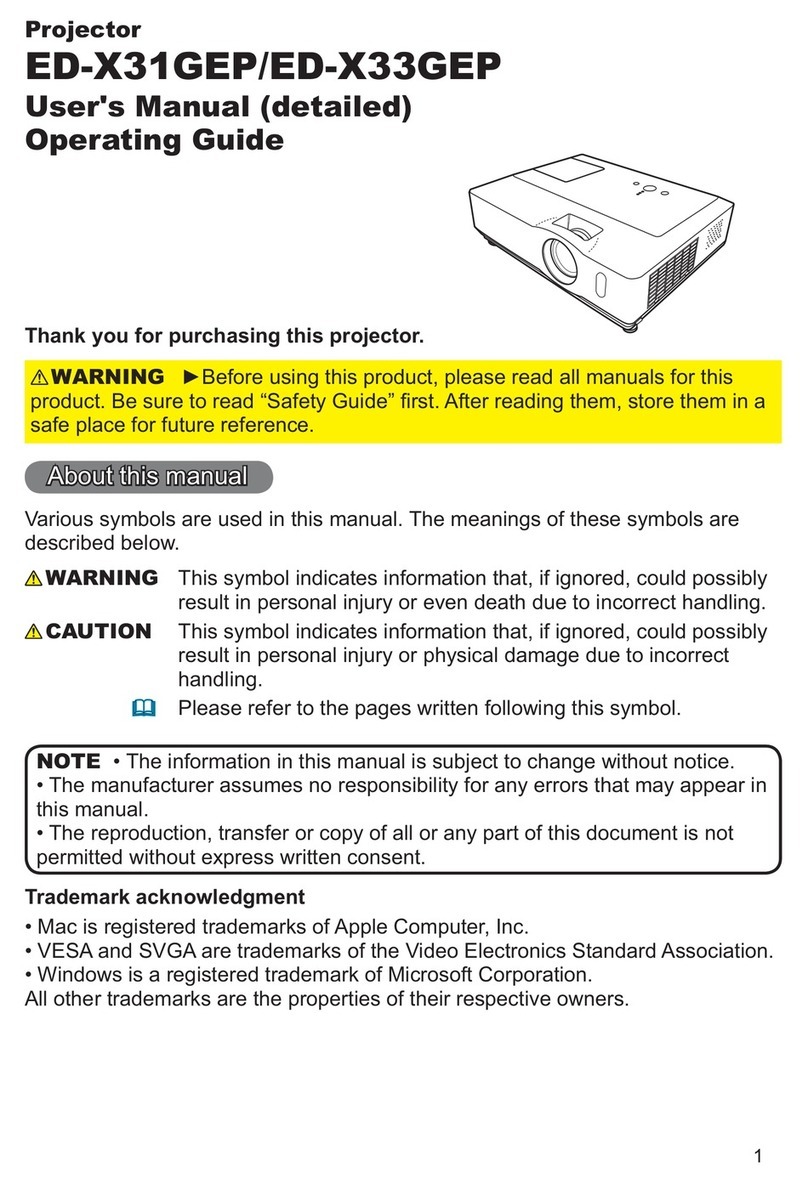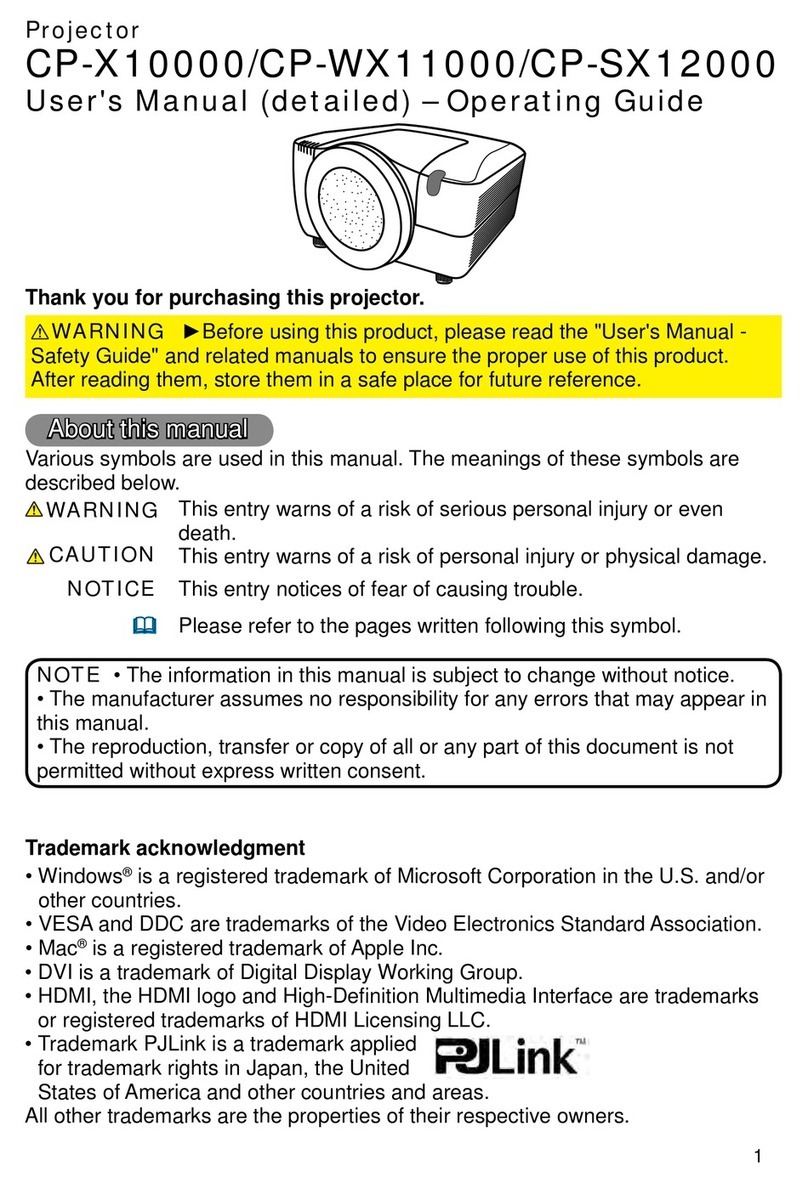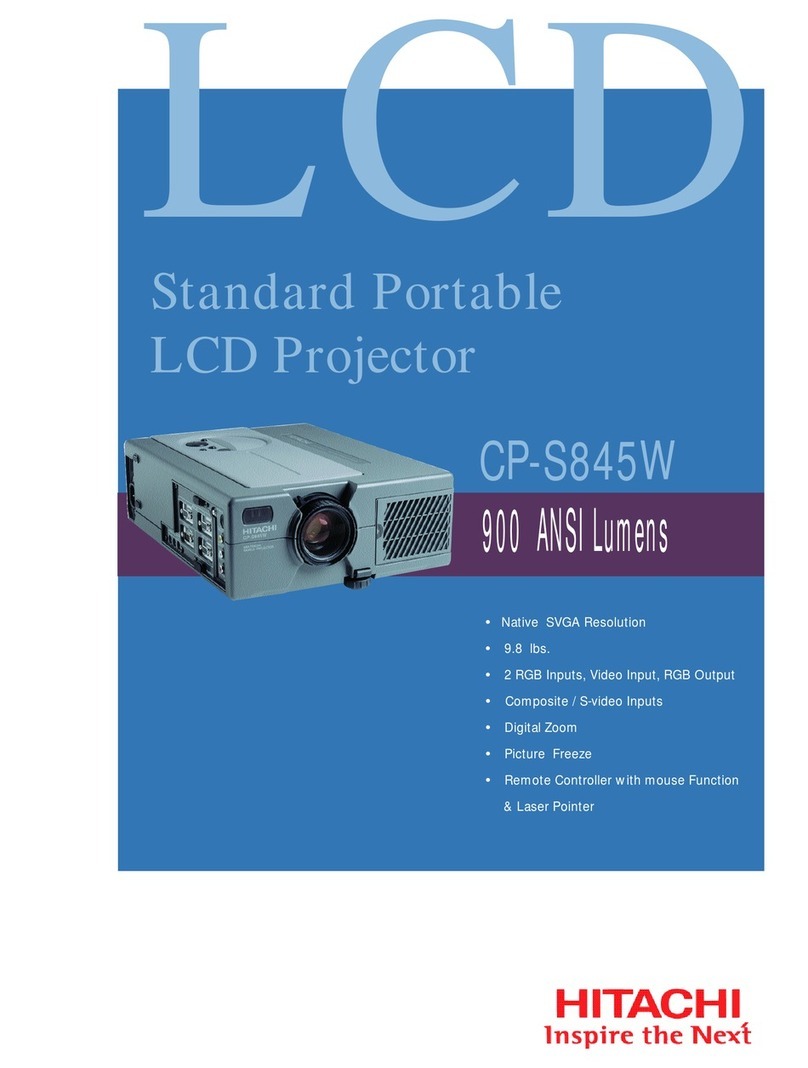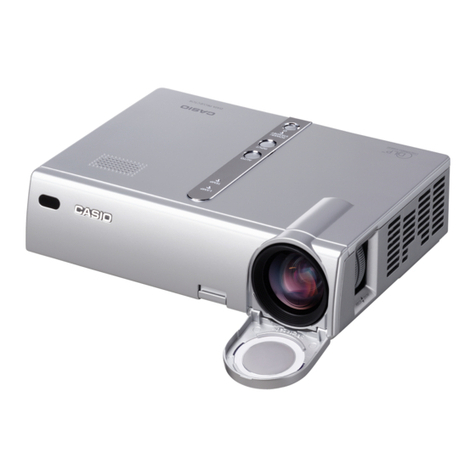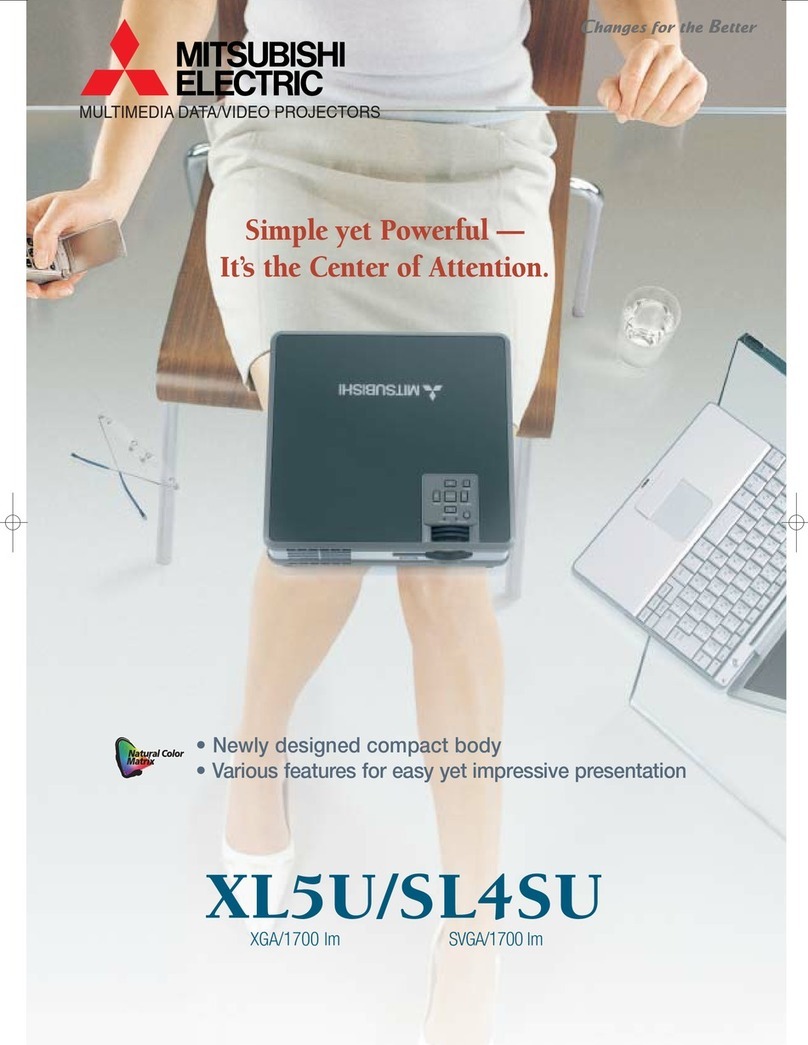KORTING 181001 User manual

OPERATING INSTRUCTIONS
Liquid jet ejector
Liquid jet solids ejector
Movable / stationary design
Manufacturer:
Körting Hannover GmbH
Project no.:
181001 / 184001
Year built:
2019
Document no.:
FFeP-fahbrar-IOM-R00
Published on:
11/2019
Körting Hannover GmbH
Badenstedter Straße 56
30453 Hanover
Tel.: +49 511 2129 - 0
Fax: +49 511 2129 - 223
The original operating instructions are written in German.
Any translations are based on these original instructions.

LEGAL NOTICE
© Körting Hannover GmbH
These instructions are protected by copyright. All standard rights are reserved.
Copying and translating these instructions, even parts thereof, is only allowed
with the consent of Körting Hannover GmbH.
Conditions, technical changes, enhancements and errors are reserved.
Körting Hannover GmbH
Badenstedter Straße 56
30453 Hanover
Tel.: +49 511 2129 - 0
Fax: +49 511 2129 - 223
www.koerting.de
info@koerting.de

Operating instructions
Liquid jet ejector Liquid jet solids ejector Movable / stationary design
3
TABLE OF CONTENTS
1Comments about the operating instructions.........................................................................5
1.1 Product these operating instructions apply to.............................................................................5
1.2 Rating plate/factory no................................................................................................................5
1.3 Usage and purpose of the operating instructions .......................................................................6
1.4 Filing the documents...................................................................................................................6
1.5 Symbols in these operating instructions .....................................................................................6
1.6 Documents and regulations that also apply................................................................................7
1.7 Skilled personnel.........................................................................................................................7
1.8 Duties of the operator.................................................................................................................. 7
1.9 Compliance .................................................................................................................................7
1.10 Liability for defects ...................................................................................................................... 8
1.11 Usage rights for the operating instructions .................................................................................8
2Safety advice ............................................................................................................................. 9
2.1 Basic safety advice .....................................................................................................................9
2.2 Proper usage.............................................................................................................................10
2.3 Danger zones............................................................................................................................10
2.4 Safety and protective devices...................................................................................................11
2.5 Warnings...................................................................................................................................11
2.5.1 Structure of warnings................................................................................................................11
2.5.2 Danger classification of warnings .............................................................................................11
2.6 Signs giving information, warnings or instructions....................................................................12
2.7 Restrictions ...............................................................................................................................12
3Device structure and how it functions..................................................................................13
3.1 Structure of the liquid jet solids ejector.....................................................................................13
3.2 How it functions.........................................................................................................................14
3.3 Equipment and accessories......................................................................................................14
4Transport and storage............................................................................................................15
4.1 Transport...................................................................................................................................17
4.2 Storage......................................................................................................................................18
5Assembly and commissioning..............................................................................................19
5.1 Installing and connecting the device.........................................................................................19
5.2 Commissioning..........................................................................................................................23
6Operation .................................................................................................................................25
6.1 Checking the device each time it is operated ...........................................................................25
6.2 Operating the device.................................................................................................................26
7Rectifying malfunctions .........................................................................................................27
8Servicing..................................................................................................................................28
8.1 Cleaning and care.....................................................................................................................29

4
Operating instructions
Liquid jet ejector Liquid jet solids ejector Movable / stationary design
TABLE OF CONTENTS
8.1.1 Cleaning the outside of the device............................................................................................30
8.1.2 Decontaminating the device......................................................................................................30
8.1.3 Cleaning the inside of the device ..............................................................................................31
8.1.4 Cleaning the motive nozzle .......................................................................................................31
8.2 Maintenance..............................................................................................................................32
8.2.1 Checking the internal pressure..................................................................................................33
8.2.2 Checking the shut-off device.....................................................................................................33
8.2.3 Checking the safety and protective devices..............................................................................33
8.2.4 Carrying out a visual inspection ................................................................................................33
8.2.5 Carrying out a hydrostatic test...................................................................................................33
8.3 Repair........................................................................................................................................34
8.3.1 Switching off the device.............................................................................................................35
8.3.2 Removing the device.................................................................................................................36
8.3.3 Removing the motive nozzle and the steam chest....................................................................37
8.3.4 Tightening screwed connections...............................................................................................38
8.3.5 Replacing gaskets.....................................................................................................................39
9Decommissioning....................................................................................................................40
9.1 Decommissioning......................................................................................................................40
9.2 Recommissioning......................................................................................................................40
10 Disposal....................................................................................................................................41
11 Spare parts and customer service.........................................................................................42
11.1 Spare parts................................................................................................................................42
11.2 Customer service.......................................................................................................................42
12 Technical data..........................................................................................................................43
13 Glossary ...................................................................................................................................44
14 Index .........................................................................................................................................45

Operating instructions
Liquid jet ejector Liquid jet solids ejector Movable / stationary design
5
COMMENTS ABOUT THE OPERATING INSTRUCTIONS
1 Comments about the operating instructions
1.1 Product these operating instructions apply to
These operating instructions are only relevant to the following product:
Liquid jet solids ejector
referred to as the “device” in the rest of the document.
1.2 Rating plate/factory no.
The product identification is performed with a factory number that is punched in.
The factory number contains information about the product and is important for orders
of spare parts or revision tasks. A unique factory number is issued for every product.
The manufacturer can use this number to identify all product data.

6
Operating instructions
Liquid jet ejector Liquid jet solids ejector Movable / stationary design
COMMENTS ABOUT THE OPERATING INSTRUCTIONS
1.3 Usage and purpose of the operating instructions
The operating instructions have been drawn up for:
•the party operating the device and
•trained personnel responsible for assembling, commissioning, operating and
carrying out maintenance on the device.
These operating instructions will help you to do the following:
•to operate the device properly and safely;
•to prevent hazards;
•to cut repair costs and outage times and
•to ensure the reliability of the device and to extend its service life.
You must adhere to all hazard warnings, safety regulations and specifications in these
operating instructions without exception. In order to operate and carry out all work on
the device safely and without any problems you must read, understand and apply these
operating instructions.
The fitter and personnel/operator concerned must read and apply these operating
instructions before transporting, assembling, disassembling, commissioning, operating
and carrying out maintenance on the device.
1.4 Filing the documents
File away these instructions and all associated documents so that they are always
available at the point of use when required.
Please forward all the documents to subsequent owners.
1.5 Symbols in these operating instructions
Various signs and symbols are used in these instructions. These are outlined below.
1 Numbered steps in the process
A request to perform a task
A result of a sequence of actions
•Symbol for a list
1. Lists
Reference to a chapter or a figure
Display text
Additional information and notices.
Various warning symbols are used for warnings.
Please see explanations about and comments on these in the relevant
chapter.
Chapter 2°Safety advice

Operating instructions
Liquid jet ejector Liquid jet solids ejector Movable / stationary design
7
COMMENTS ABOUT THE OPERATING INSTRUCTIONS
1.6 Documents and regulations that also apply
Other documents also apply in conjunction with these operating instructions.
In the case of complementary components, see the instructions supplied with them.
When handling devices and while carrying out any servicing, please observe the
following:
•accepted technical regulations for safe and professional working practices;
•the statutory regulations on accident prevention;
•the statutory regulations on environmental protection;
•the regulations specified by the German Social Accident Insurance Institution;
•any regulations that apply in other countries and specifications that are relevant for
the state of the art;
•the regulations and instructions specified by the operator.
1.7 Skilled personnel
Only properly trained personnel are permitted to assemble, commission, operate and
carry out maintenance on the device.
The operator must therefore ensure that the personnel deployed to carry out the work
described in these operating instructions are properly trained and fully understand these
operating instructions.
The following qualifications are mandatory for the personnel operating the device:
•a briefing by the operator regarding the operating instructions of the entire plant
on site.
Certain servicing work may only be carried out by authorised and trained personnel. The
operator must precisely specify the area the personnel are responsible for and ensure
the personnel are monitored.
1.8 Duties of the operator
Only deploy qualified maintenance and assembly personnel that have received a
briefing.
Ensure that the personnel know the area in question and that they are monitored
appropriately.
Check all the safety devices regularly to ensure they are complete and in working
order.
Ensure that scheduled maintenance is carried out on time.
Inform the manufacturer if you discover any damage.
Provide personnel with the protective gear required.
Replace faulty parts.
Keep access to workspaces and escape routes clear and in proper condition.
Find out about any health and safety regulations that apply at the point of use.
In a risk assessment, identify any additional dangers that the special working
conditions on-site might entail.
Add any findings resulting from the risk assessment to operating instructions.
1.9 Compliance
The device has been designed and manufactured safely to comply with current technical
regulations.

8
Operating instructions
Liquid jet ejector Liquid jet solids ejector Movable / stationary design
COMMENTS ABOUT THE OPERATING INSTRUCTIONS
1.10 Liability for defects
The conditions established in Körting Hannover GmbH’s order confirmation or in the
contract apply.
Claims for compensation in the case of personal injury or damage to materials are ruled
out when the claims are the result of one or several of the following issues:
•improper usage; Chapter 2.2 Proper usage
•personnel without adequate training are deployed;
•the device is operated when safety devices have not been properly applied or are
not in working order;
•not observing the notices, instructions and prohibitions in the operating instructions;
•unauthorised structural alterations have been made to the device;
•wear parts have been poorly monitored;
•maintenance is not carried out properly and on time.
Please observe the statutory regulations.
Alterations to the device can render the warranty null and void. Conversions or
alterations are only allowable in consultation with Körting Hannover GmbH.
Do not make any unauthorised alterations or manipulations to the device.
Only use proper and authorised materials.
Only use authorised and suitable spare parts. Chapter 11.1 Spare parts
1.11 Usage rights for the operating instructions
All rights, including translations, reprints and copies of these operating instructions or
parts thereof, are reserved, unless otherwise agreed with Körting Hannover GmbH.
Without the permission of Körting Hannover GmbH, no part of these operating
instructions may be duplicated or transmitted, regardless of the manner in which this is
done.
Körting Hannover GmbH may have rights to patents or patent applications regarding
brands, copyrights or other intellectual property which are based in part on the content
of these operating instructions. The possession of these operating instructions gives you
no entitlement to a patent, a brand, a copyright or any other intellectual property, unless
this entitlement has been expressly granted by Körting Hannover GmbH.
The information contained in this document may not be altered without prior notice. All
information in these operating instructions has been compiled with due care and
attention but cannot be considered an assurance of product characteristics.

Operating instructions
Liquid jet ejector Liquid jet solids ejector Movable / stationary design
9
SAFETY ADVICE
2 Safety advice
These operating instructions include safety instructions.
Follow all instructions in order to prevent personal injury, damages to the
environment or damage to materials.
2.1 Basic safety advice
Basic safety advice includes instructions that ensure that the device is operated safely
or kept in a safe condition.
Not complying with the following safety advice can have the following consequences:
•personal injury, environmental or material damage;
•important functions in the device fail;
•maintenance and servicing methods prescribed are unsuccessful;
•any rights to claim indemnification are rendered null and void.
To protect yourself and the environment, please comply with the following
instructions.
If necessary, brief people about the safety advice and warnings.
Malfunctions
Operating the device if it is not operating correctly could be fatal, harm the environment
and cause material damage to the device.
If a malfunction occurs switch the device off immediately.
Hazardous media
The device material could be destroyed if you use media not intended for use to operate
the device. Physical injury, environmental damage and material damage to the device
may result.
Before operating the device with media not intended for use, check that the material
the device is made of is compatible with the media.
Protective gear
Operating or carrying out work on the device without protective gear could cause
serious injury.
When handling the device, please wear the protective clothing required.
Hot surfaces or components
The device can become hot depending on the media used, the area where the device is
fitted and the type of operation. Heat can cause serious injuries.
Depending on the wall temperature, provide heat insulation for the device when
fitting it.
Fit protective devices that prevent contact with the device.
Shut-off device
The device itself has no shut-off device. When installing the device, shut-off devices
must be installed separately.
Before commissioning the device, install a suitable shut-off device to the motive
medium pipe to the device (upstream of the motive medium inlet to the device).

10
Operating instructions
Liquid jet ejector Liquid jet solids ejector Movable / stationary design
SAFETY ADVICE
Excessive noise
During operation, noise emitted from the device can harm hearing and the environment.
When fitting the device, take steps to protect against noise.
During operation, wear suitable hearing protection.
Please observe statutory regulations on noise protection.
Corrosion
Stainless steel components have been pickled and passivated to protect them from
chemicals. A primer has been applied to components made of carbon steel/ductile cast
iron. This primer is not sufficient to prevent any impact from ambient conditions if the
device is operated outdoors. Operating the device outdoors without any extra corrosion
protection will lead to material damage.
When operating the device outdoors, take appropriate precautions to protect it from
corrosion.
Maintenance and servicing work
The device is only safe to operate if in perfect condition. The operator is responsible for
the device being in a proper and safe condition.
Ensure that the specified maintenance work is carried out regularly.
Carry out the specified checks before operating the device.
2.2 Proper usage
The purpose of the device is to convey media such as liquids and solids in the process
concerned. The media are conveyed under higher pressure, mixed and transferred to
the next stage in the process.
The device may only be operated within the confines specified and in line with technical
specifications. Chapter 12 Technical data
The device is only suitable for operation outdoors if appropriate protection from
corrosion has been applied.
Incorrect handling or other usage of the device is not as intended and is therefore not
allowed. The manufacturer accepts no liability for any damage that might be caused as
a result.
2.3 Danger zones
Depending on how the device is used, the liquid applied and the type of connection,
danger zones are defined as the areas where the motive medium and suction medium
enter and where the mixed flow is discharged, as well as the area of the body.
Only stay in danger zones if there is an urgent need and with due caution.
Avoid staying in danger zones unnecessarily.

Operating instructions
Liquid jet ejector Liquid jet solids ejector Movable / stationary design
11
SAFETY ADVICE
2.4 Safety and protective devices
Malfunctions or improper operation can lead to unacceptably high pressure building up
on the outlet side and life-threatening situations, as well as material damage. Depending
on how the device is used and which media are applied, the operator might have to fit
suitable safety and protective devices separately. The device itself has no safety and
protective devices. These are not included in the scope of supply.
Ensure that the design pressures specified in the technical data are never
exceeded. Chapter 12 Technical data
Plan and mount extra safety devices on site (e.g. safety valves, rupture discs).
Check the safety devices regularly.
2.5 Warnings
Before steps are taken, warnings draw attention to any residual dangers.
2.5.1 Structure of warnings
Warnings precede any hazardous steps. Warnings are structured as follows:
SIGNAL WORD
The type and source of the danger
An explanation of the type and source of the danger.
Measures to be taken to prevent the danger.
2.5.2 Danger classification of warnings
Warnings are classified to indicate the severity of the danger. Danger classifications and
the associated signal words and warning symbols are explained below.
DANGER
Fatalities or serious injuries are imminent.
WARNING
Fatalities or serious injuries are possible.
CAUTION
Slight injuries are possible.
NOTICE
Material damage to the machine, plant or the environment is possible.

12
Operating instructions
Liquid jet ejector Liquid jet solids ejector Movable / stationary design
SAFETY ADVICE
2.6 Signs giving information, warnings or instructions
Signs giving warnings, information or instructions can be applied to the device
depending on the plant concerned.
Get the plant operating company to brief you on the signs giving warnings,
information or instructions.
Please comply with all these signs.
Do not remove any of these signs.
Report any damaged signs to the operator.
2.7 Restrictions
The device may only be used in compliance with the maximum allowable values for the
operating pressure, the temperatures and the media specified in the technical
specifications. Chapter 12 Technical data

Operating instructions
Liquid jet ejector Liquid jet solids ejector Movable / stationary design
13
DEVICE STRUCTURE AND HOW IT FUNCTIONS
3 Device structure and how it functions
3.1 Structure of the liquid jet solids ejector
Lengthways view (example)Fig.: 1
1
handle
2
hopper
3
flushing nozzle
4
label
5
nozzle
6
outlet diffuser
A
motive medium inlet
B
mixed flow outlet
C
suction medium/solid

14
Operating instructions
Liquid jet ejector Liquid jet solids ejector Movable / stationary design
DEVICE STRUCTURE AND HOW IT FUNCTIONS
3.2 How it functions
The liquid jet ejector is a jet ejector that pumps by using a motive medium as the source
of energy. A jet ejector does not have a mechanical drive or any movable parts. The
field of application is determined by the shape of the flow area.
Liquid jet liquid ejector (example, not to scale)Fig.: 2
1
motive medium inlet
2
motive nozzle
3
outlet diffuser
4
flushing nozzle
5
hopper
On the liquid jet ejector, the liquid serves as the motive medium for sucking up another
medium and conveying it at a higher pressure. Between the motive nozzle and the
diffuser, the suction medium is introduced into the head through the hopper. The motive
medium is accelerated in the motive nozzle. The motive medium and the suction
medium are then mixed and compressed together to the required pressure up to the
outlet diffuser.
3.3 Equipment and accessories
In order for the device to work properly, shut-off devices are not required in the suction
pipe and mixed flow pipe. Shut-off devices (shut-off valve, gate valve or ball valve),
measuring instruments and pipes are functional components associated with the device.
These could be necessary if the operator needs them. They are not included in the
scope of supply.

Operating instructions
Liquid jet ejector Liquid jet solids ejector Movable / stationary design
15
TRANSPORT AND STORAGE
4 Transport and storage
WARNING
Potential fatal injuries due to overhead loads
During lifting operations, loads can sway and fall. These loads could crush people and
cause serious or fatal injuries.
Please comply with the accident prevention regulations.
Only use hoisting equipment as intended and in perfect condition.
If required by statutory or other regulations, verify that the appropriate tests have
been performed before operating the hoisting equipment.
Never walk under overhead loads.
When using hoisting equipment, be careful of your hands and feet when lifting and
putting down loads.
Only lift the loads specified for the hoisting equipment.
WARNING
Potential fatal injuries due to damaged and/or worn-out hoisting equipment
If the hoisting equipment is damaged or shows signs of wear, no guarantee can be
given that it will work properly. As a result, loads can be dropped and lead to serious or
fatal injuries.
Before each use of the hoisting equipment, perform a visual inspection to ensure
no damage or deformations have occurred and that it is complete.
An authorised person must analyse any faults identified and repair these.
NOTICE
Potential material damage due to overhead loads
During lifting operations, loads can sway and fall. The device you wish to transport can
be damaged by hitting or dropping it.
Only use hoisting equipment as intended and in perfect condition.
If required by statutory or other regulations, verify that tests have been performed
before operating the hoisting equipment.
Never walk under overhead loads.
When using hoisting equipment, be careful of your hands and feet when lifting and
putting down loads.
Only lift the loads specified for the hoisting equipment.

16
Operating instructions
Liquid jet ejector Liquid jet solids ejector Movable / stationary design
TRANSPORT AND STORAGE
NOTICE
Potential material damage due to damaged and/or worn out hoisting equipment
If the hoisting equipment is damaged or shows signs of wear, no guarantee can be
given that it will work properly. As a result, loads can be dropped and lead to material
damage.
Before each use of the hoisting equipment, perform a visual inspection to ensure
no damage or deformations have occurred and that it is complete.
An authorised person must analyse any faults identified and repair these.
NOTICE
Material damage due to incorrect lifting of loads
Lifting a load in unsuitable places can seriously damage the device.
Please comply with the accident prevention regulations.
Only lift the device from the lifting points.
Please observe the centre of gravity to prevent any uncontrolled movement of the
device.
Never attach the hoisting equipment or slings to fitted pipes.
Always use an assembly frame or a crane.
Ensure that the assembly frame or crane’s minimum load-bearing capacity and the
minimum height are complied with.
NOTICE
Material damage due to foreign particles in unsealed openings
The openings on the device are sealed to prevent dirt and foreign particles from
entering.
Until it is fitted, keep the openings on the device closed.
Hoisting equipment is a combination of load suspension devices, slings and lifting gear.

Operating instructions
Liquid jet ejector Liquid jet solids ejector Movable / stationary design
17
TRANSPORT AND STORAGE
4.1 Transport
The device is supplied ex-works ready for use. It is shipped based on the terms of the
contract.
When receiving delivery of and transporting the device, proceed as follows:
1 Check the scope of supply.
Inspect the delivery upon acceptance to establish whether the device is complete
and whether all the documents handed over are as specified in the packing list.
Ask for a briefing.
If there is anything you are unsure of please ask questions.
2 Lift the device at the lifting points using suitable hoisting equipment.
Lifting points (example, not to scale)Fig.: 3
1
hoisting equipment
2
device (liquid jet solids ejector)
3
centre of gravity
Note the lifting points as shown in the figure.
Please observe the centre of gravity to prevent any uncontrolled movement of the
device.
Transport the device with due care and attention.
3 Lift the device to the place or position where it is to be fitted.
4 Put down the device.
The device has been transported to its destination.

18
Operating instructions
Liquid jet ejector Liquid jet solids ejector Movable / stationary design
TRANSPORT AND STORAGE
4.2 Storage
Store the device as follows:
•in a sheltered room;
•in a dry condition;
•not exposed to frost;
•protected from dust.

Operating instructions
Liquid jet ejector Liquid jet solids ejector Movable / stationary design
19
ASSEMBLY AND COMMISSIONING
5 Assembly and commissioning
5.1 Installing and connecting the device
DANGER
Potential fatal injuries due to explosions
Fatal injuries are possible when working on the device in plants located in areas
subject to explosion hazard.
Work on the device may only be carried out by personnel who are familiar with
standard and local regulations and directives regarding working in areas subject to
explosion hazard and who are aware of the appropriate safety and health
requirements.
Please follow instructions issued by the plant operating company.
DANGER
Potential fatal injuries due to operating the device without proper earthing
Fatal injuries are possible if the device is operated without proper earthing.
Please observe any local regulations regarding any additional equipotential
bonding.
Integrate the device in the plant’s earthing concept.
Ensure earthing is carried out correctly.
Use existing earthing connections.
Please also observe local regulations from the energy utility and/or plant operating
company.
WARNING
Potential fatal injuries due to improper connections and incompatible gasket
materials
Connections not executed properly and incompatible gasket materials can lead to life-
threatening situations.
Perform all screwed connections properly.
Observe the tightening torque for screwed connections.
For all welded connections, observe national regulations on welding pressure
containers.
Consult with the operator and ensure the material the gasket is made of is
compatible with the medium and the plant.
WARNING
Potential fatal injuries due to unauthorised rise in pressure
Malfunctions or improper operation can lead to unacceptably high pressure building up
on the outlet side and life-threatening situations.
Ensure that the design pressures specified in the technical data are never
exceeded.
Plan and mount extra safety devices on site (e.g. safety valves, rupture discs).
Check the safety devices regularly.

20
Operating instructions
Liquid jet ejector Liquid jet solids ejector Movable / stationary design
ASSEMBLY AND COMMISSIONING
NOTICE
Material and environmental damage when working on the device in areas
subject to explosion hazard
Material and environmental damage is possible when working on the device in plants
located in areas subject to explosion hazard.
Work on the device may only be carried out by personnel who are familiar with
standard and local regulations and directives regarding working in areas subject to
explosion hazard and who are aware of the appropriate safety and health
requirements.
Please follow instructions issued by the plant operating company.
NOTICE
Material and environmental damage due to operating the device without proper
earthing
Electrostatic charging may occur when operating the device without proper earthing.
This can lead to material and environmental damage.
Please observe any local regulations regarding any additional equipotential
bonding.
Integrate the device in the plant’s earthing concept.
Ensure earthing is carried out correctly.
Use existing earthing connections.
Please also observe local regulations from the energy utility and/or plant operating
company.
NOTICE
Material and environmental damage due to improper connections
If connections are not performed properly and incompatible gasket materials are used,
there is a danger of material and environmental damage.
Perform all screwed connections properly.
Observe the tightening torque for screwed connections.
For all welded connections, observe national regulations on welding pressure
containers.
Consult with the plant operating company and ensure the material the gasket is
made of is compatible with the medium and the plant.
NOTICE
Functional impairment due to incorrect flow direction
The device only functions in the flow direction that the arrows indicate.
Mount the device according to the flow direction that the arrows indicate.
Please observe the assembly drawing supplied with the device.
NOTICE
Material damage or functional impairment due to stress
Stress applied to the device by bending, pulling, pressing or turning it can damage it or
impair the way it functions.
Fit the pipes leading in and out without stress (force and torque) at the device.
This manual suits for next models
1
Table of contents

